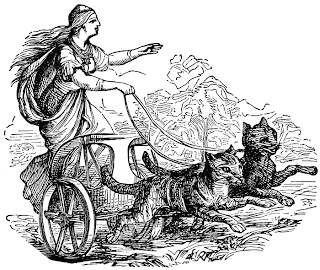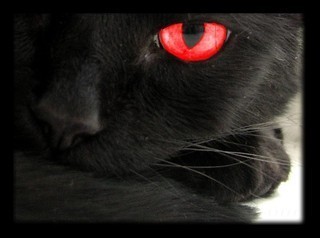I have two addictions – cats and reading and so ‘reading about cats’ is a natural consequence. I recently picked up a fascinating book by Charles Henry Ross. Written in 1868 ‘The Book of Cats – a Chit-chat Chronicle of Feline Facts and Fancies.’ Packed with observations on all things cattish, in one chapter the author touches on health care and veterinarians.
Being a veterinarian myself, I read this sage advice with a wry smile:
‘In giving a cat the scrapings of dirty plates, it is as well, if you value the animal’s life, to the fish bones, should there be any among the leavings.’
Mr Ross goes on to describe the trauma to pet and owner of a fish bone getting stuck, something he had first hand experience of. Whilst staying with a lady friend, her cat suffered for three days from a stuck fish bone, refusing all food and not even able to lap. Eventually, at her wits end, the owner called on the help of a veterinarian.
‘At last someone suggested seeking the aid of a veterinary surgeon whose dignity seemed just a little bit ruffled by being called in for a Cat, and who, when he did come, did not bring his instruments with him. Nevertheless, he found out what was wrong and forcing open the Cat’s jaws, put in his finger to loosen what he called a fish bone.’
Alas, this woeful lack of regard for the feline species amongst 19th century veterinarians, seems to be the norm rather than the exception, as illustrated in this passage from Hugh Lofting’s famous novel, ‘The Story of Doctor Do-Little.’
‘It happened one day that the Doctor was sitting in his kitchen talking with the Cat’s Meat Man who had come to see him with a stomach ache.
“Why don’t you give up being a people’s doctor and be an animal doctor?” Asked the Cat’s Meat Man.
“But there are plenty of animal-doctors.” John Do-Little replied.
“But you see Doctor,” the Cat’s Meat Man went on, ‘you know all about animals much more than what these here vets do.”
“Yes, there are plenty,’ said Polynesia (the parrot) “but none of them any good at all.”
What a lamentable reputation the veterinary profession had then! But did you also notice the reference to the Cat’s Meat Man? Intriguing…and the subject of a post on another occasion….



















